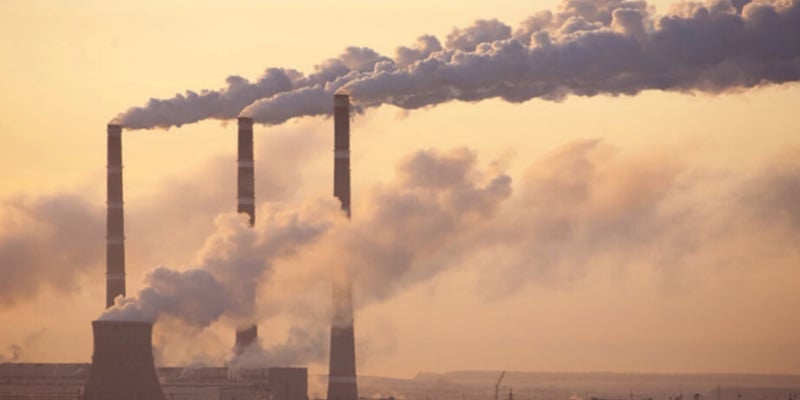
Product Footprint
Understand the Emissions Impact of Your Products
Today’s customers want to know what impact their purchases are having on the planet. Product footprints are a great way to uncover the main drivers of your climate impact, while also providing the transparency and credibility your customers are looking for. However, gathering accurate GHG emissions data across the different life cycle stages of your products can be complicated and time-consuming.
Our team helps you navigate this process, taking a comprehensive look at your products to uncover your biggest climate impacts and emissions reduction opportunities during each life cycle phase.
With SBC’s Product Footprint Services, you can:
- Easily compare the emissions impact of different materials, products, and packaging
- Identify less carbon-intensive materials or inputs
- Inform future decision making on materials, suppliers, and other improvement opportunities throughout the product life cycle
- Ensure your products align with your climate goals
- Meet your customers’ expectations and build brand loyalty
- Clearly communicate your story to consumers and other stakeholders
Looking To Go Beyond Emissions?
Our team, in conjunction with our network of partners, can help you conduct a Life Cycle Assessment (LCA) to get a full picture of your products’ environmental impact, from energy use to waste.
Did You Know?
Raw materials selection plays a significant role in a company’s overall greenhouse gas emissions impact. Here are a few materials with surprisingly high carbon footprints we see in our everyday lives:
Concrete
Concrete makes for versatile and
long-lasting buildings, but the production of
this one material alone is responsible for
at least 8% of global emissions.
Plastics
If demand for plastics continues
at projected rates, emissions from plastic production could eclipse the carbon
contributions of coal by 2030.
Polyester
Polyester is the world’s most commonly
used fiber but is highly emissions intensive – 40%
of emissions in the fashion industry come
from polyester production.





